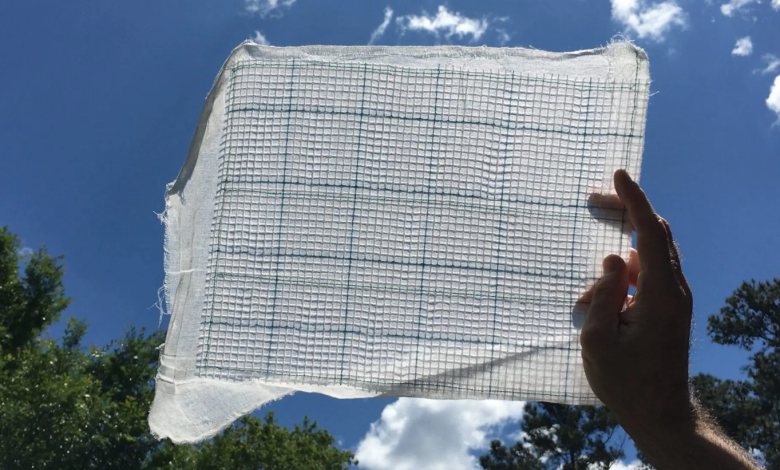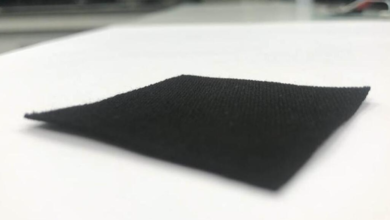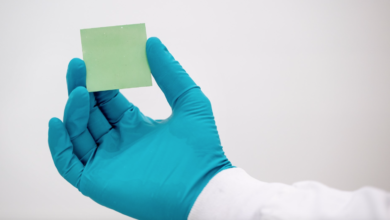A textile filter transformed into carbon capture

(Sustainabilityenvironmet.com) – A study by North Carolina State University, published in ACS Sustainable Chemistry & Engineering, showed that carbon dioxide can be retained from gas and air mixtures through a new textile-based carbon capture filter. The device has a very high yield and is made with a cotton fabric and an enzyme called carbonic anhydrase.
“We borrowed this wonderful enzyme in our process to accelerate the absorption of carbon dioxide in an aqueous solution,” explains the author of the study Jialong Shen, post-doctoral researcher at NC State. “With this carbon capture technology, we want to stop carbon dioxide emissions at source, and power plants are the main source of carbon dioxide emissions right now. We believe that the main advantage of our method over similarly targeted research is that our method could easily be expanded by using traditional textile production facilities.”
A carbon capture filter that lowers emissions
This textile filter is based on the natural action of carbonic anhydrase, which in the human body acts as a transporter of carbon dioxide ensuring exhalation. The enzyme is able to accelerate the reaction whereby water and carbon dioxide are transformed into baking soda.
To create the filter, the researchers tied the carbonic anhydrase to a two-layer cotton fabric soaked in a chitosan solution, a kind of glue. The solution physically trapped the enzyme, which thus adhered to cotton.
It was then wound in a spiral and inserted into a tube in which water and a gas mixture containing CO2 were passed. The carbon dioxide reacted with water, turning into baking soda that was then expelled from the pipe.
The experimental phase has promising results
During the experiments, the scientists pushed the air through the filter at a speed of 4 liters per minute. When a monolayer was used, the carbon capture capacity was 52.3%. With a double-row filter it rose to 81.7%.
The job now is to test the product with faster air flows, such as those generated by power plants.
“It’s an ongoing story, but we’ve got some really exciting initial results,” said co-author of the study Sonja Salmon, associate professor of textile engineering, chemistry and science at NC State. “We have made very significant progress.”
Making the process sustainable
Among the advantages of this new textile filter carbon capture, there is also of the good quantitative and qualitative level of performance. The researchers tested its effective functioning after five cycles of washing, drying and storage.
“The enzyme can be kept at a lower temperature for a very long time and will be durable,” said Shen. “The fabric provides physical support and structure for it, providing a large surface to react with carbon dioxide.”
The other issue that is engaging the team is the recycling of the liquid that is retained by the filter and how to transform the bicarbonate into carbon dioxide again, so that it is destined for other uses or properly disposed of. “We want to regenerate the water solution we use with the filter so that we can use it over and over again,” said Salmon. “That side of the process needs more work, to make the regeneration energy of the solvent as low as possible.”





